2018 Acura RLX Sport Hybrid Review

Pop quiz: What’s the most powerful Acura offered today?
If you said NSX, the Japanese luxury brand’s hybrid supercar, you’re spot on. But do you know which of its other five other models comes second in this under-hood arms race? That’s a tougher question to answer.
Not to leave you twisting in the wind, it’s actually the RLX Sport Hybrid, a partially electrified version of Acura’s somewhat forgotten large car. With a 377-horse stable, it’s also the company’s most powerful sedan ever, though the 196-pony chasm between it and the NSX is broad enough to make the Great Plains blush.
ALSO SEE: Where is Acura From and Where is Acura Made?
Spacious yet unexpectedly economical, this four-door’s design has been spruced up for 2018 and its hybrid drivetrain further refined. Helping potential buyers, its trim structure has been greatly simplified as well, which should help demystify the shopping process. Properly sized and equipped, the company fancies it a foil to models like the Audi A6, Lexus GS, and BMW 5 Series, to name a handful of potential competitors.
Who Called De Beers?
Setting the 2018 Acura RLX apart from today’s model is a freshened exterior. The biggest change is undoubtedly the first thing you’ll notice about this sedan. Up front, it’s now graced with the brand’s signature Diamond Pentagon Grille, which helps it visually fit in with the rest of Acura’s modern lineup, though it’s not necessarily an improvement over the outgoing “beak” front end that so many pundits griped about.
Aside from the obvious – that grille is impossible to ignore, ditto for the imposing Acura emblem, which has got to stand at least eight inches tall – its front fenders, hood, headlights, wheels, sills and much of the rear end has been redesigned, giving the car an appropriately cohesive look. Seven exterior colors are offered, six of which are new to the RLX. This palette also features four different interior hues including a chocolatey Espresso option.
Hit and Miss
And that’s one area of the RLX that perhaps didn’t receive as much attention as it should. Constructed mostly of high-quality materials, including plenty of upscale leather and nicely grained soft plastics, this Acura’s cabin is generally a pleasant place. Nonetheless, it falls short in a couple areas, particularly when it comes to technology.
FAST FACTS
| Powertrain: | Three-motor hybrid with a 3.5-liter V6 |
| Output: | 310 horsepower, 273 pound-feet of torque |
| Transmission: | Seven-speed dual-clutch automatic |
| U.S. Fuel Economy (MPG): | 28 city, 29 highway, 28 combined |
| CAN Fuel Economy (L/100 km): | Not yet rated |
| U.S. As-Tested Price: | $63,265 including $400 for premium paint and $965 for delivery |
| CAN Estimated Price: | Not yet released |
The car’s two-screen infotainment/climate-control system certainly provides some benefits, but many of the graphics look like they were designed to run on Windows 3.1. The user interface is likewise confusing, while the discrete digital clock seems like a stowaway from the 1980s.
One other minor complaint is that the car features “woodgrain” finishes throughout, industry-speak for phony plastic trim. While not overly offensive, real timber accents certainly would have been appreciated.
As for comfort, this car’s broadly tailored front buckets are all new and plenty comfortable, while the back bench is considerably larger than you might expect, important plusses in any vehicle.
Four-Wheel Drive, Three Motors, Two Options, One Easy Choice
Getting technical, the RLX is now offered in just two models, P-AWS and Sport Hybrid. The former, which is shorthand for Precision All-Wheel Steering version, features front-wheel drive and an internal-combustion engine.
A 3.5-liter bent-six provides the motivation, delivering 310 naturally aspirated horses with 272 pound-feet of torque. Further enhancing both performance and efficiency, a new 10-speed automatic transmission is standard in P-AWS models.
Upping the ante, Sport Hybrid versions of the RLX get all-wheel drive provided by an advanced three-motor powertrain that shares components with the NSX. Instead of running a separate driveshaft and differential to the rear axle, a twin-motor assembly spins the back tires and even provides torque vectoring, which allows the vehicle’s rear end to rotate while cornering.
Hybrid models also feature a 3.5-liter V6 as well as a quick-shifting seven-speed dual-clutch automatic transmission. Serving as an electron reservoir is a small 1.1-kWh lithium-ion battery pack, which is nestled in the trunk where it doesn’t eat up too much space, allowing the car to swallow up to 12 cubic feet of junk (340 liters), a minor loss compared to the P-AWS model’s boot, which is rated at 14.9 cubes (422 L).
Add it all up and the Sport Hybrid delivers 377 horsepower and 341 pound-feet of torque, a healthy upgrade over the P-AWS car. It’s also unexpectedly efficient, returning 28 miles per gallon city and 29 highway. Combined, this large sedan should average 28 mpg, five more than the gasoline-only RLX.
In addition to the hybrid system, Variable Cylinder Management helps deliver those impressive efficiency scores. Half the engine’s pots can be deactivated under light loads, further reducing fuel burn, but the car will not run on battery power alone. One point worth mentioning is that Acura’s 3.5-liter V6 still uses a timing belt (instead of a chain like many other manufacturers) to drive the camshafts, which can be costly to replace, though to be fair, that’s only every 100,000 miles.
The Drive
True to form, the RLX’s gasoline engine is silken and responsive, revving with verve while emitting a pleasant intake rumble. It also seamlessly shuts down when the car is stopped or coasting, starting up imperceptibly and in the blink of an eye when power is required again.
While not bone-crushingly quick, this large sedan is nonetheless plenty fleet, even while climbing hilly terrain. In the age of forced induction, it’s also nice to feel a naturally aspirated engine, especially one that pulls as smoothly and linearly as this Acura’s.
Despite being equipped with a dual-clutch transmission, shift quality is not a problem. These fuel-saving gearboxes often have refinement issues, but never during testing did the Sport Hybrid’s judder or jerk. Shifts up or down were consistently quick and seamless.
Aggressively dip into the throttle while cornering and this partially electrified RLX’s rear end will step out, though this dance move is neither aggressive nor sudden, rather gradual and controlled. It provides just enough tail-happiness to put a smile on your face, not smudges in your under-breeches.
ALSO SEE: Learn How the Acura NSX’s Aerodynamics Work
If there’s a dynamic disappointment, it’s Sport Hybrid’s steering. Weighting is on the heavy side and it’s certainly heftier than what’s provided by an Audi A6’s tiller, a competitive model the company had on hand for back-to-back tests, but the car never seems to settle into its lane. The RLX likes to wander, seeming to require careful attention, even when lane-keep assist is enabled.
Still, the drive is nicer overall than what’s provided by its German rival, which felt slower in a straight line and less communicative through corners, plus its front seats were much less comfortable. But in Audi’s defense, the A6 is quite old at this point and scheduled to be replaced soon.
The Sport Hybrid’s quality is pretty middle of the road – firm but allowing for large body movements over certain sections of undulating pavement. On well-kept surfaces, there’s nothing to crow about here, but residents in areas of the world where the roads are in more severe condition might find the RLX a bit stiff. Unlike many rival sedans, adaptive dampers are not offered.
Like other Honda products, the RLX comes with a bevy of standard driver assistance features. The company’s AcuraWatch suite includes technologies like adaptive cruise control, forward collision warning, and lane-keeping assist. But one of the most helpful is Traffic Jam Assist.
As its name implies, this feature takes some of the stress out of driving in slow-moving congestion by centering the car in its lane and maintaining a safe distance between the vehicle ahead. Tested on one of Los Angeles’ clogged thoroughfares during rush hour, it worked impressively well, steering the vehicle largely on its own while eliminating the need to operate the pedals.
The Verdict: 2018 Acura RLX Sport Hybrid Review
The 2018 Acura RLX Sport Hybrid is a pleasant luxury sedan that’s both spacious and impressively efficient. Likewise, one would have a hard time arguing with its refined powertrain and value pricing.
Yet, despite these virtues, this four-door is purely head over heart, appealing strongly to the rational left brain rather than the more mischievous right hemisphere. Like a bowl of oatmeal, the electrified RLX is wholesome and satisfying, though never really something to crave.
Banality aside, it’s a luxury car without any real deal-killing flaws. If you’re a level-headed sort and like what you see in this well-engineered package, it’s on sale at Acura stores right now. Base price for a P-AWS model is $55,865, while the Sport Hybrid goes for a still-reasonable $62,865. Both figures include $965 in destination charges.
Discuss this story on our Acura Forum
LOVE IT
- Standard driver-assistance features
- Smooth, responsive powertrain
- Impressive fuel economy
- Spacious back seat
- Value Pricing
- Quiet cabin
LEAVE IT
- Interior could be more luxurious
- Infotainment tech feels dated
- Is the styling improved?

Born and raised in metro Detroit, Craig was steeped in mechanics from childhood. He feels as much at home with a wrench or welding gun in his hand as he does behind the wheel or in front of a camera. Putting his Bachelor's Degree in Journalism to good use, he's always pumping out videos, reviews, and features for AutoGuide.com. When the workday is over, he can be found out driving his fully restored 1936 Ford V8 sedan. Craig has covered the automotive industry full time for more than 10 years and is a member of the Automotive Press Association (APA) and Midwest Automotive Media Association (MAMA).
More by Craig Cole



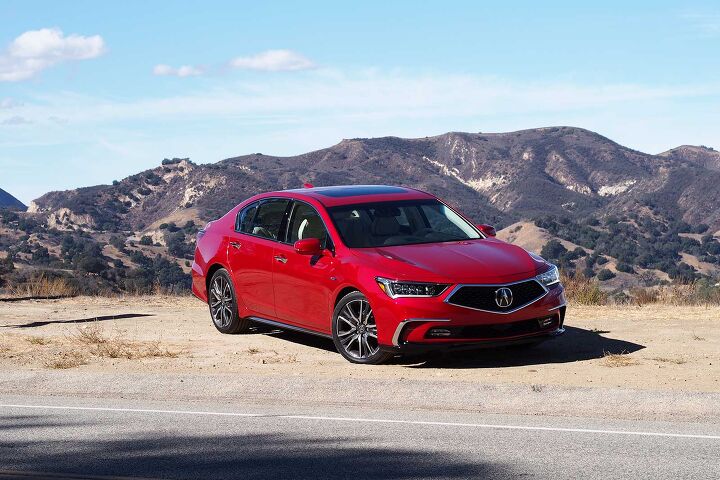

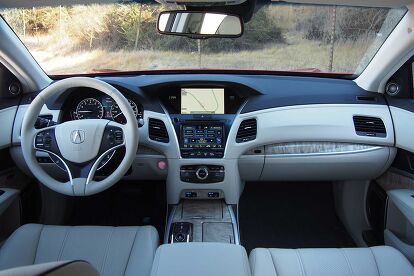
















































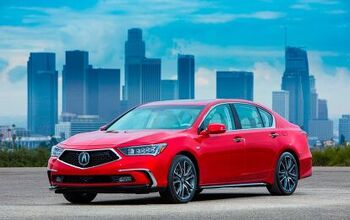
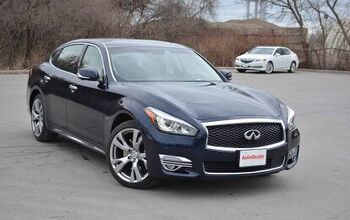
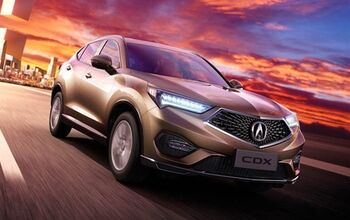
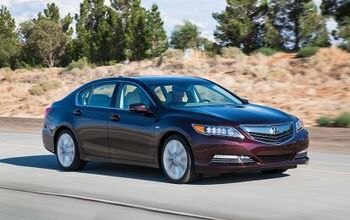
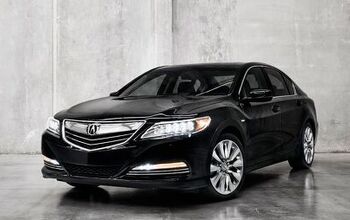

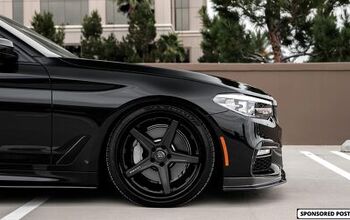


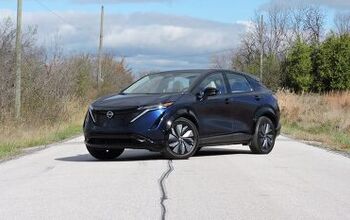

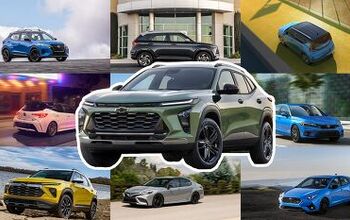

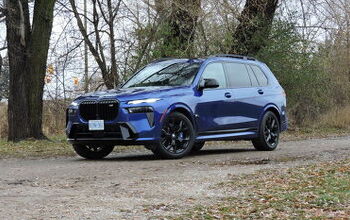
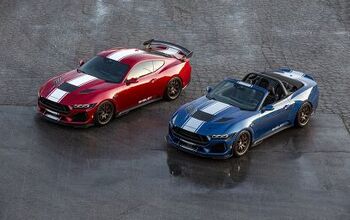
Comments
Join the conversation
Loser car. M